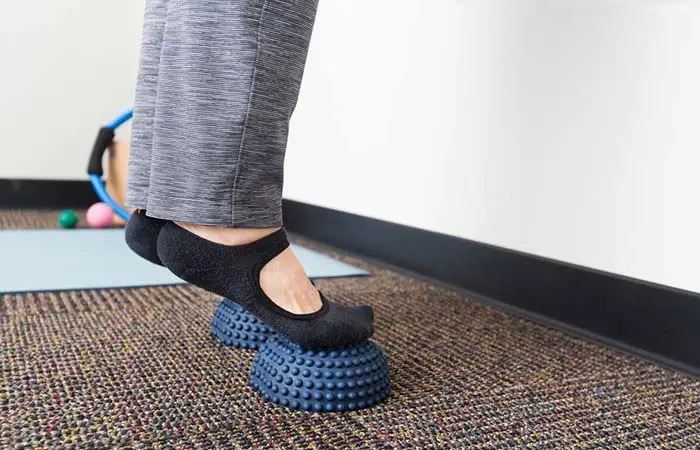The presence of thick ankles or even calves is technically referred to as cankles. Some people believe that the ankles and calves blend, which is how the word “cankles” came about. Let’s have a look at what causes cankles and how to remove them.
Table of Contents
Facts You Need to Know about Cankles

Cankles are caused by a variety of factors
A well-created, muscular calf that gradually narrows towards Achilles’ tendon in the ankle area’s back is an appealing lower leg shape. Cankles arise when the calves and ankles do not have enough definition.
Fat buildup beneath the skin is the most common cause of apparent thickening. The tapering that is between the ankle and the calf is obscured by this. In other circumstances, the thickening is caused by swelling caused by a variety of medical conditions, such as issues with lymphatic drainage or blood circulation.
Are they genetic?
The shape and contour of the person’s calves and ankles, like most physical traits, have a genetic component. Cankles, unlike some medical illnesses or diseases, are not hereditary.
Is it true that exercising causes cankles?
The fat accumulation that is found around the calves and ankles is not exacerbated by exercise. Physical activity, on the other hand, usually enhances blood flow and lowers overall body fat. The lower legs appear more toned, defined, and thin as a result of this.
Excessive calf muscle bulk—as seen in bodybuilders—is restricted to the upper section of muscles below the knee and does not stretch to the lower area of the ankles.
Are cankles preventable?
A healthy lifestyle that includes a well-balanced diet plus regular exercise may help to lessen the appearance of cankles by reducing the fat layer beneath the skin. However, because it is partly triggered by a person’s genetic background, the illness is not fully prevented.
 Is it possible for thin people to have cankles?
Is it possible for thin people to have cankles?
Cankles can be visible in people of all ages and body types, even though overweight people have a higher overall percentage of body fat.
What are the surgical options?
Liposuction is the best surgical treatment for treating cankles. This is a surgical technique that removes fat deposits from areas of the calf and ankle that are resistant to diet and exercise. Liposuction of the ankles and calves is done using extremely small incisions and a very accurate procedure to remove fat and get the desired outcomes.
Is liposuction a safe procedure?
Liposuction is a very safe and successful operation that improves the contour and definition of the ankles and calves when performed by an experienced cosmetic plastic surgeon.
What is the duration of the downtime? What effect does it have on walking and exercise?
Patients are going to be able—and needed—to walk soon after surgery. However, they should wait two weeks before returning to intensive activities or exercise. For the first day after surgery, it is typical to have some fluid flowing from the wounds. Swelling will occur in the treated location, with the most obvious swelling happening 2 to 3 days after surgery.
Compression stockings should be worn as much as necessary during the very first few weeks after the surgical operation to help with swelling and healing. The swelling will fade with time, although it will likely continue for 4 to 8 weeks. If a large amount of fat needs to be eliminated, it may take longer.
Patients must keep their legs raised as much as possible to avoid problems and a lengthy recovery period. They should also avoid excessive physical activity and strictly adhere to their surgeon’s post-operative recommendations.
What is the price of the procedure?
The total cost of surgery is determined by the fees charged by the plastic surgeon, as well as the price of anesthesia and the facility. There will be a lot of variances in fees depending on where you live. Your expenses could range from $3000 to $5000.
What factors should you consider while selecting a surgeon?
Patients should choose an expert, board-authorized plastic surgeon, who specializes in aesthetic plastic surgery when getting liposuction or any other cosmetic surgery.
While cheap operations may appear to be fantastic deals, you should avoid them at all costs. Cost-cutting could indicate a lack of concern for safety and care. This could lead to unneeded and preventable problems.
Conclusion
When is the most appropriate time to perform this procedure? The optimal timing to treat cankles is determined by several factors, including your unique needs and lifestyle. Your work, degree of activity, and fat deposits should all be taken into account. Another factor to consider is sun exposure, which can have a detrimental impact on the appearance of scars. Even though the incisions utilized for liposuction are small and barely visible, patients should shun the sun and UV radiation to avoid scar hyperpigmentation.






